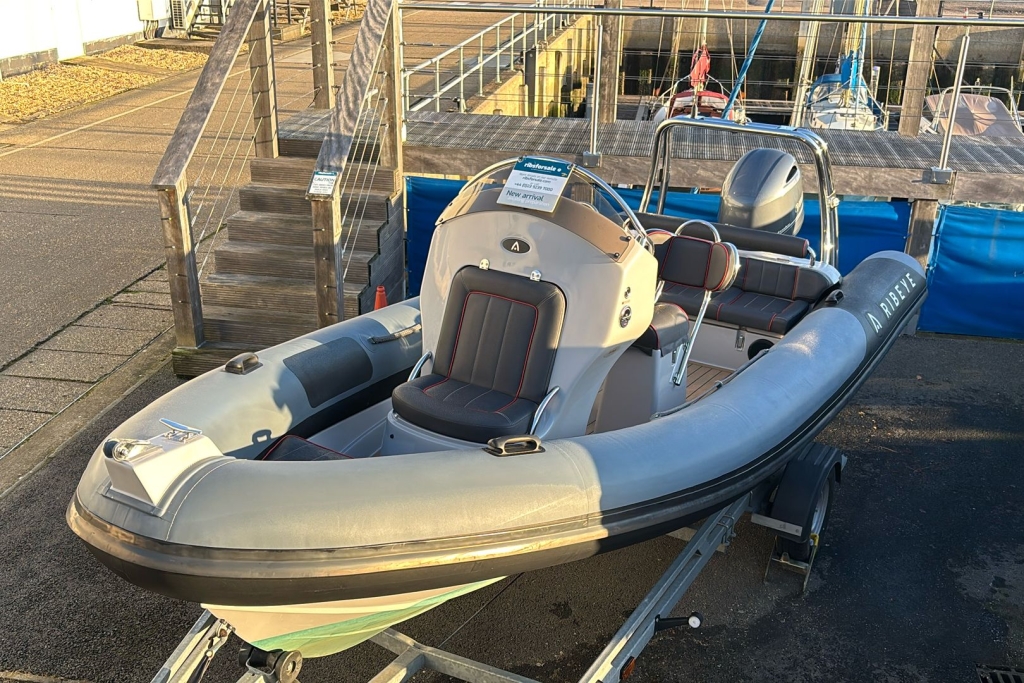Being a “Green” RIB Owner – Part 4
Top Tips
You don’t need a commercial marine oil spill kit, but oil absorbent pads are cheap and plentiful so invest in some for your RIB.
Keep your engine well tuned to minimize the amount of oil that is released. Be sure there are no leaking seals, gaskets or hoses.
If your RIB has an inboard engine – if you change your own oil, purchase a non-spill pump to draw crankcase oils out through the dipstick tube and slip a plastic bag over used oil filters prior to their removal to capture any drips. Hot drain the filter by punching a hole in the dome end and draining for 24 hours. Recycle the collected oil.
Place an oil absorbent pad under the engine.
Replace oil absorbent materials regularly.
Look for contractors or marinas that offer a bilge pumpout service.
Do not treat oily water with detergents. Soaps pollute and make clean up impossible.
Disposal of Oil Absorbent Materials
The disposal of used oil absorbent material depends on what type of product it is and how it was used:
– Standard absorbents that are saturated with petrol may be air dried and reused.
– Standard absorbents saturated with oil or diesel may be wrung out over oil recycling bins (if they are saturated with oil or diesel only!) and reused. Alternatively, they should be double bagged with one plastic bag sealed inside of another and binned.
Emissions Control
Marine engines–especially 2-stroke outboard motors–produce the highest average level of hydrocarbon exhaust emissions after lawn and garden equipment. Hydrocarbon emissions contribute to ground level ozone, a known health risk. Follow these tips to help your engine operate as efficiently as possible:
Use the petrol to oil ratio recommended by the engine manufacturer. Too much oil can foul spark plugs and too little can lead to increased engine wear or even failure.
Use premium two-cycle engine oil (TC-W3 or TC-W4). Premium oils improve engine performance and reduce pollution because they burn cleaner, contain more detergents, and prevent formation of carbon deposits.
Use petrol with the octane level recommended by the engine manufacturer.
Preventative Equipment
Products are available commercially which can help you prevent spills and reduce emissions:
Install a fuel/air separator along your vent line. These devices allow air, but not fuel to escape through a vent opening.
Attach a safety nozzle to portable petrol cans used to fill outboard engines. These nozzles automatically stop the flow of fuel when the receiving tank is full.
To prevent oily bilge water from being discharged, install a bilge pump switch that leaves an inch or two of water in the bilge. Alternatively, connect a bilge water filter to your vessel’s bilge pump. Filters will remove oil, fuel and other petroleum hydrocarbons from the water.
When it is time to buy a new engine, select a fuel efficient, low emission model such as the Evinrude E-Tec Range:
Attach a container to the external vent fitting to collect overflow. There are products on the market that may be attached to the hull with suction cups. A rubber seal on the container fits over the fuel vent allowing the overflow to enter the container. Fuel captured in this manner can be added to the next boat to fuel.















